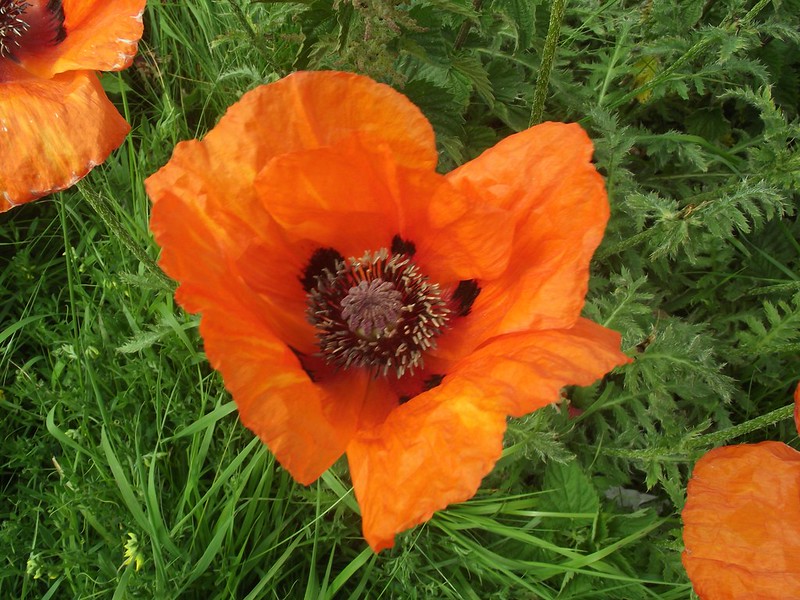Scottish veterans fund opens

A support fund for initiatives that improve the lives of former service personnel and their families is now open.
A priority for this year’s Scottish Veterans Fund – which has doubled to £500,000 – is projects that support veterans who have left the Services early.
Bids that promote collaboration between the veterans charity sector and other bodies are also being prioritised.
Since the fund’s inception in 2008 more than 180 projects have been supported receiving more than £1.7 million. The increase to £500,000 means individual projects can now bid for up to £50,000 a year.
Veterans Secretary Keith Brown said:
“Our veterans community is a tremendous asset to society and deserves the best possible care and support. Former Armed Forces personnel have a tremendous array of transferable knowledge, skills and experience to offer and they add value to any organisation. I am pleased that we have now doubled funding to £500,000, with individual projects now able to bid up to a limit of £50,000 per year.
“We are looking to support projects which provide unique and innovative approaches to aiding our veterans and in particular are seeking bids from charities and other support organisations that are working together. We are also looking to support projects that are rising to the challenge of providing support for early service leavers.”
One of the projects to benefit from the fund last year was SaluteMyJob which received £15,000 to run cyber security courses for veterans. SaluteMyJob Managing Director Andrew Jackson said:
“Gaining support from the Scottish Veterans Fund has enabled SaluteMyJob and training partners to better connect the military community with employers. That means we can provide access to training and the potential for future employment in new industries such as cyber security.”
The Scottish Veterans Fund is due to close on Friday 12 November.
Apply now using the Grant Application Form
Further details can be found in the Application Guidance Document


